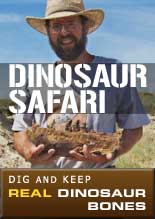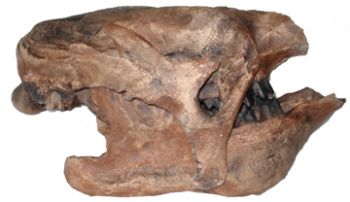
Megatherium (pronounced MEG-ah-THEER-ee-um)(now known as Eremotherium) was a huge, bulky, slow-moving mammal that lived during the Pleistocene epoch in South America. It went extinct about 11,000 years ago. This ice-age mammal was the largest of the ground sloths; Megatherium's name means "great beast." Megatherium was named by paleontologist Richard Owen in 1856; the first Megatherium fossil was found in Brazil in 1789.
Anatomy: Megatherium had peg-like teeth, powerful jaws, and a thick, short tail. It had three hook-like claws on each foot. It was primarily a quadruped (walked on four legs). Megatherium was about the size of an elephant. It was roughly 20 feet (6 m) long and weighed about 3-4 tons.
Behavior: Megatherium was an herbivore (a plant-eater). It ate leaves, shoots, roots, and fruit. It may have eaten leaves from the tops of trees while standing upright on its hind legs, using its tail to balance.
From www.enchantedlearning.com
resin and fiberglas
26x15.5x14.5 inches
Item 1593
Category: Replicas
Type: Skulls
Phylum: Vertebrates
Class: Mammals
MORE PHOTOS:
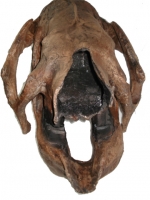
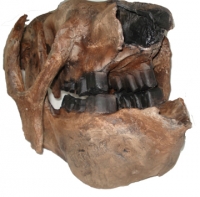
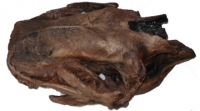

Now Over 1,000 Items!
PrehistoricStore.com offers the largest selection of replica fossils and other fossil-related products anywhere in the world!
Download a Full Catalog (3MB PDF)
OVER 260 PAGES OF REPLICAS AND MORE!
